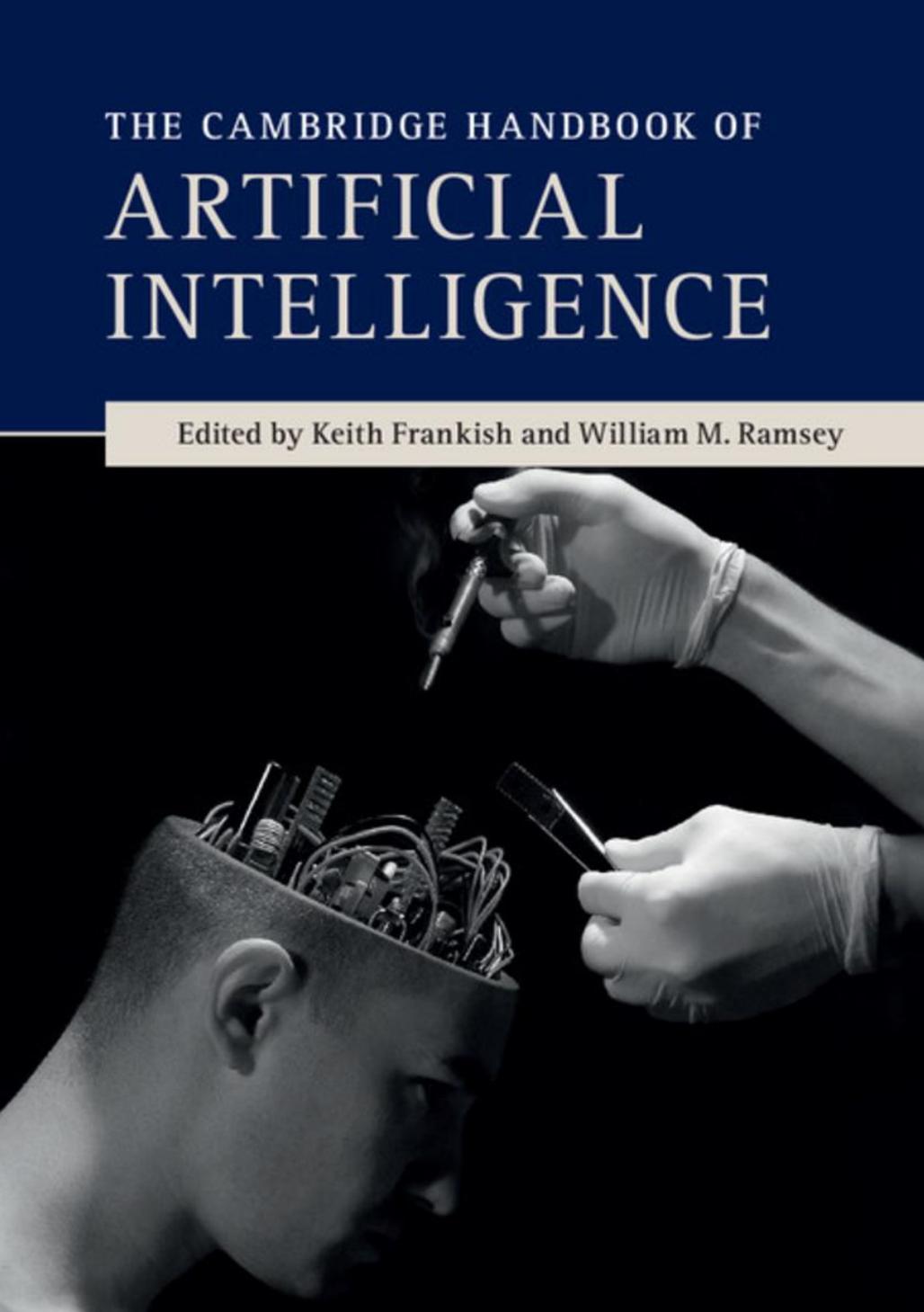The Cambridge Handbook of Artificial Intelligence by Keith Frankish

Author:Keith Frankish
Language: eng
Format: mobi, epub, pdf
ISBN: 9780521691918
Publisher: Cambridge University Press
Published: 2014-07-30T04:00:00+00:00
Figure 8.7 Matching result based on local descriptors (here SIFT; Lowe, 2004). First, salient points are computed on different scales. Then, the corresponding local descriptors are matched to a model database (given by the small image). Left is an ideal example of planar object that is highly textured. Middle and right examples show that the approach breaks down for less textured 3D objects if the perspective changes only slightly. In the right image only a single feature correspondence is found.
8.2.2 3D modeling
2D color or intensity images do not directly encode depth or shape information. Consequently, object recognition and localization is a difficult problem and in general ill-posed (Aloimonos 1993). To overcome these problems the 3D shape of objects can be directly recovered from depth, or range, images. Depth images can be obtained through various methods ranging from scanning with a laser sensor, to structured light approaches, to stereo systems using two cameras, which is the method used by human vision. A cheap example of a structured light camera is the Kinect color-and-depth camera.
The main question in computer vision is how to model or represent the object such that it can be detected in depth data. One way is to parse shapes into component parts (Shipley and Kellman 2001) and define their spatial relationships. In computer vision parts are useful for two reasons. First, many objects are articulated, and the part-based description allows us to decouple the shapes of the parts from their spatial relationships. And second, not all parts of objects are seen but parts are often sufficient to recognize the object; for example, a cup can be recognized from either the body or the handle.
A key aspect of part-based representations is their number of parameters. In the past decade much work has been made describing depth data with rotational symmetric primitives (sphere, cylinder, cone, torus). Generalized cylinders can be created by sweeping a 2D contour along an arbitrary space curve (Binford 1971). Since the contour may vary along the curve (axis), definitions of the axis and the sweeping curve are needed to define a generalized cylinder, which requires a large number of parameters. An often-cited early vision system that applied generalized cylinders is the ACRONYM system to detect airplanes (Brooks 1983). However, the fitting of many parameters is complicated and has limited the use of this method.
One of the most highly investigated methods for 3D modeling involves the recovery of superquadrics – geometric shapes defined by formulas including arbitrary powers to produce shapes that resemble cubes, cylinders, and cones, with either rounded or sharp corners. These became popular because a small set of parameters can describe a large variety of different basic shapes. Solina et al. pioneered work in recovering single superquadrics (Solina and Bajcsy, 1990) and demonstrated that the recovery of superquadrics from range images is sensitive to noise and outliers, in particular from single views as given in applications such as robotics. Jaklic and colleagues (Jaklic, Leonardis, and Solina 2000) summarize the recover-and-select paradigm for segmenting a scene with simple geometric objects without occlusions.
Download
The Cambridge Handbook of Artificial Intelligence by Keith Frankish.epub
The Cambridge Handbook of Artificial Intelligence by Keith Frankish.pdf
This site does not store any files on its server. We only index and link to content provided by other sites. Please contact the content providers to delete copyright contents if any and email us, we'll remove relevant links or contents immediately.
| Computer Vision & Pattern Recognition | Expert Systems |
| Intelligence & Semantics | Machine Theory |
| Natural Language Processing | Neural Networks |
Algorithms of the Intelligent Web by Haralambos Marmanis;Dmitry Babenko(8590)
Test-Driven Development with Java by Alan Mellor(7577)
Data Augmentation with Python by Duc Haba(7469)
Principles of Data Fabric by Sonia Mezzetta(7224)
Learn Blender Simulations the Right Way by Stephen Pearson(7152)
Microservices with Spring Boot 3 and Spring Cloud by Magnus Larsson(6978)
RPA Solution Architect's Handbook by Sachin Sahgal(6381)
The Infinite Retina by Robert Scoble Irena Cronin(6085)
Hadoop in Practice by Alex Holmes(6058)
Jquery UI in Action : Master the concepts Of Jquery UI: A Step By Step Approach by ANMOL GOYAL(5911)
Big Data Analysis with Python by Ivan Marin(5842)
Life 3.0: Being Human in the Age of Artificial Intelligence by Tegmark Max(5449)
Pretrain Vision and Large Language Models in Python by Emily Webber(4797)
Infrastructure as Code for Beginners by Russ McKendrick(4579)
WordPress Plugin Development Cookbook by Yannick Lefebvre(4289)
The Age of Surveillance Capitalism by Shoshana Zuboff(4192)
Functional Programming in JavaScript by Mantyla Dan(4171)
Embracing Microservices Design by Ovais Mehboob Ahmed Khan Nabil Siddiqui and Timothy Oleson(4068)
Applied Machine Learning for Healthcare and Life Sciences Using AWS by Ujjwal Ratan(4046)
